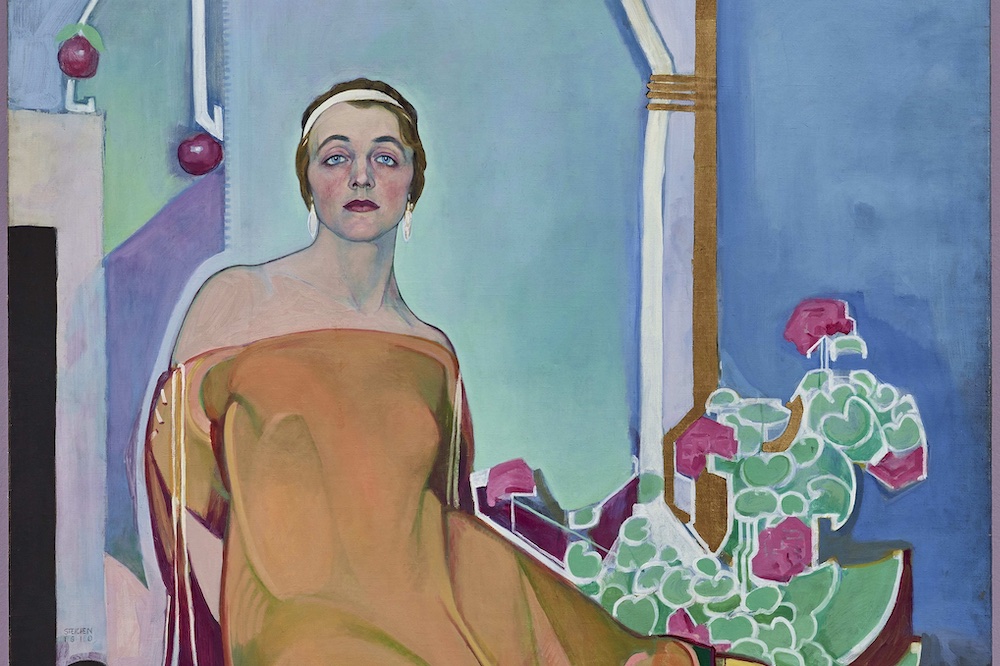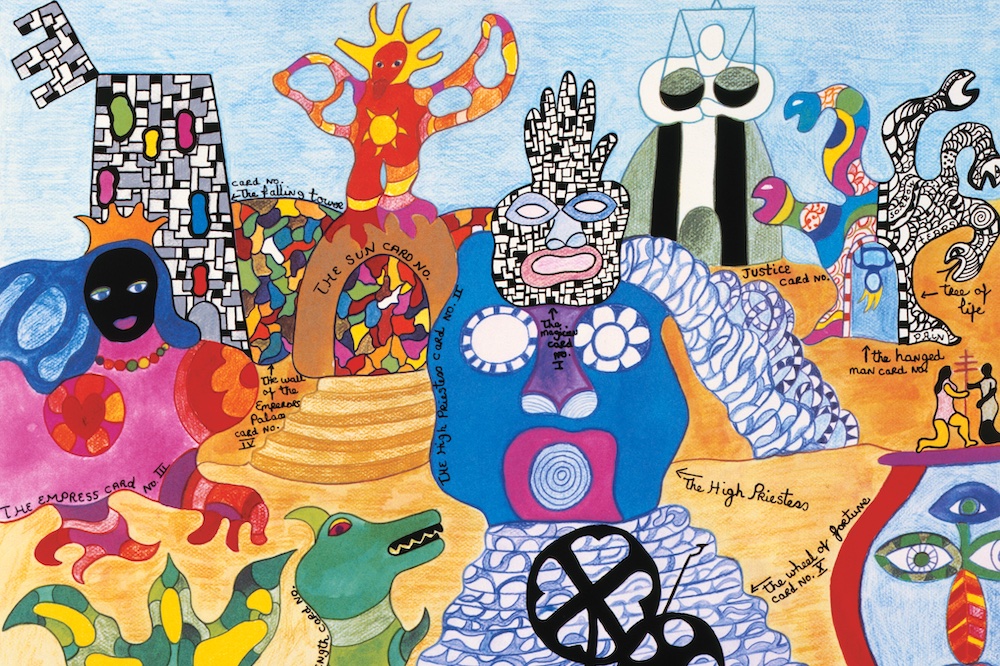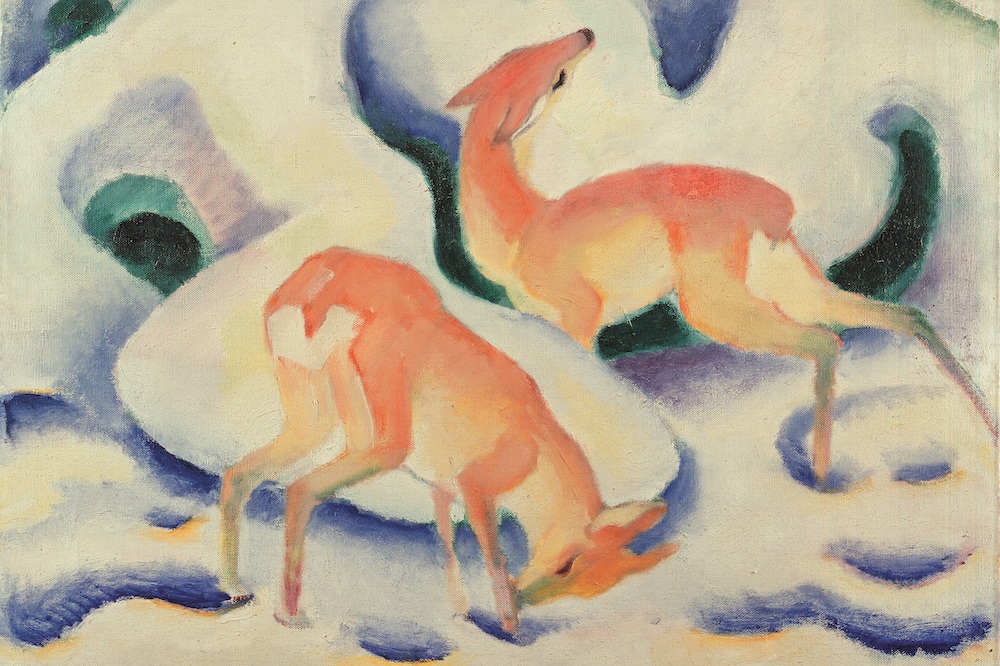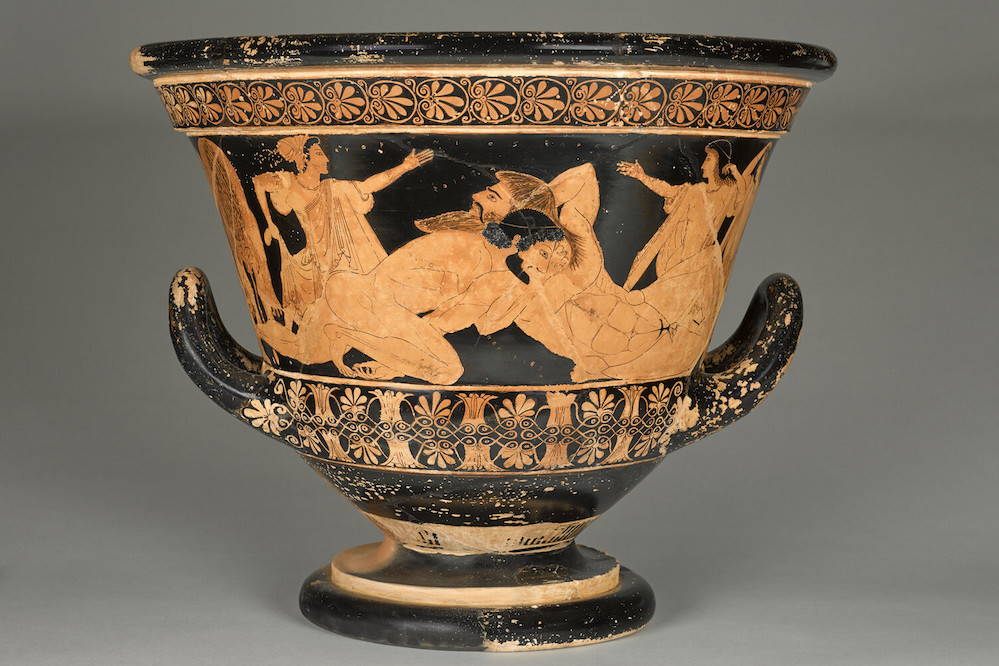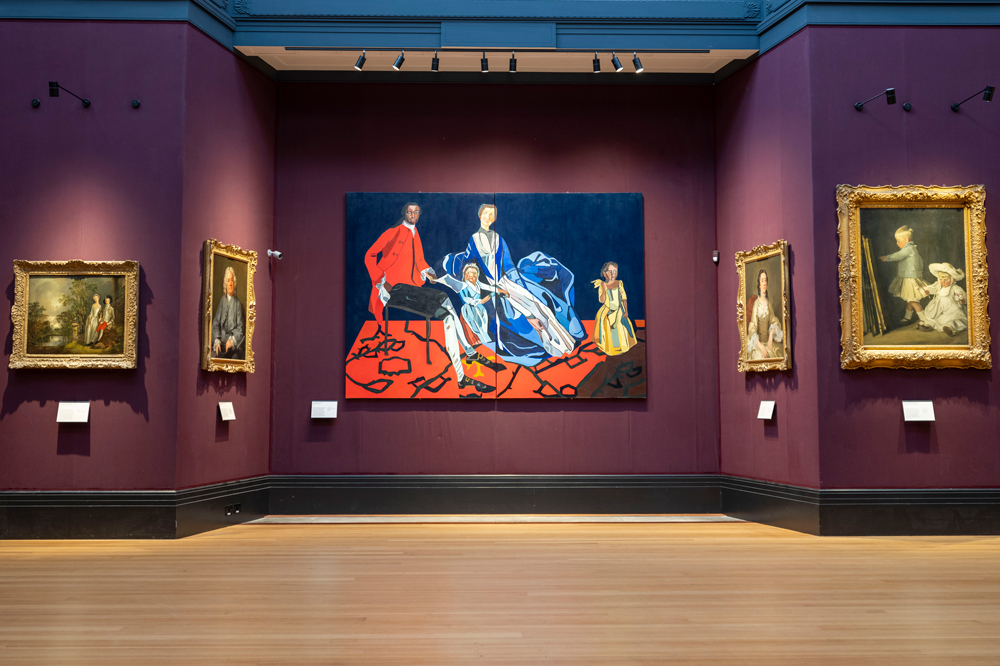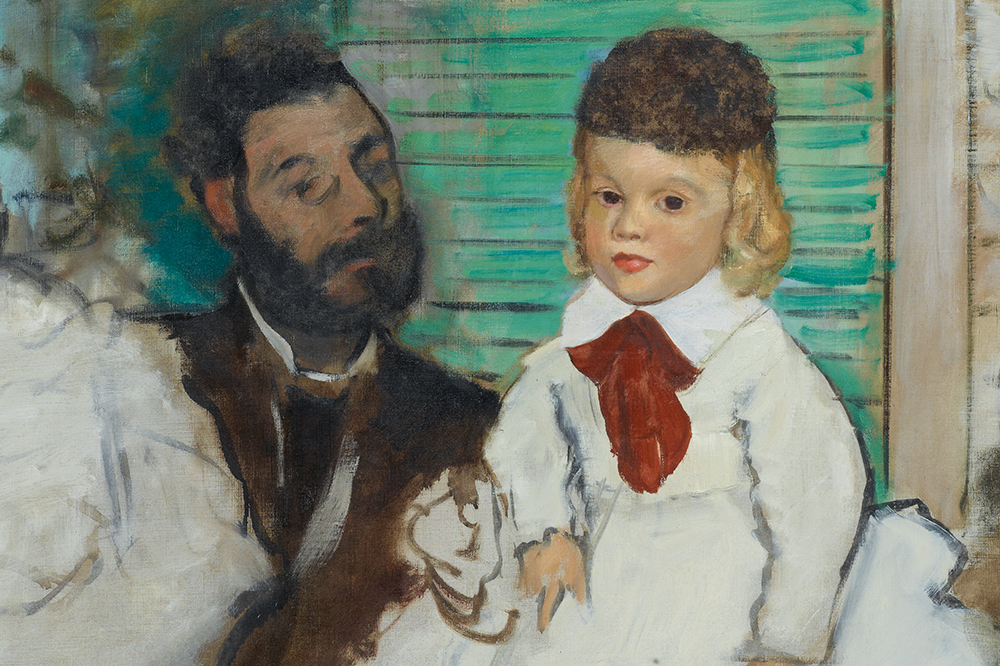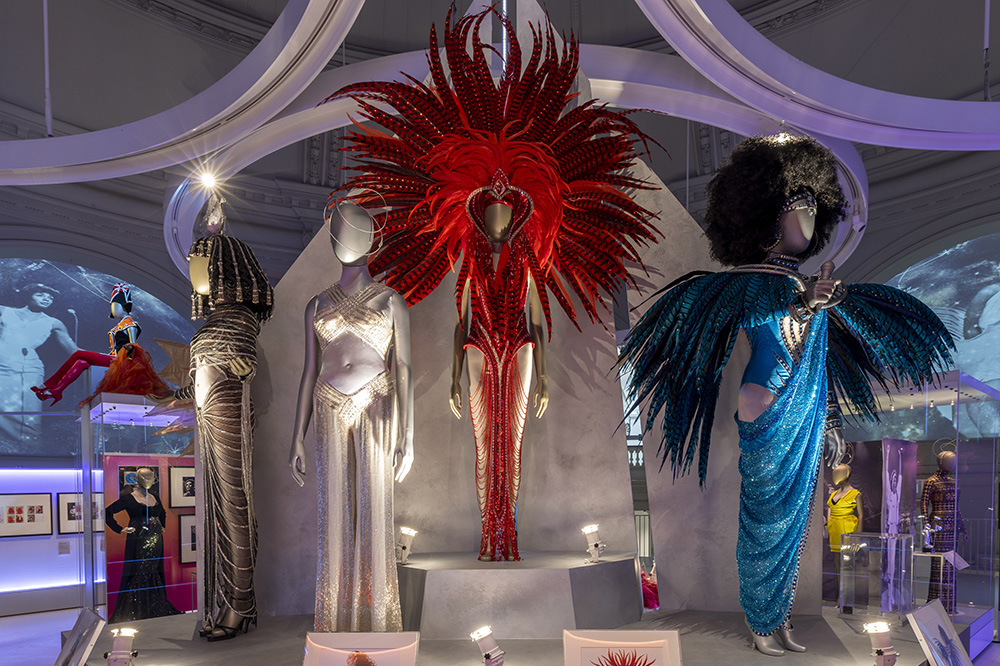Our daily round-up of news from the art world
Historic England Issues ‘Call to Arms’ Over Missing Public Art | Historic England has warned that dozens of major works of public art are ‘disappearing before our very eyes’. Duncan Wilson, the heritage body’s chief executive, has spoken out to raise awareness of public works commissioned in the second half of the 20th century. According to Wilson, ‘we have lost more than we know’ already through public indifference, vandalism and crime. A stand must be taken now in order to save what is left to us. Notable missing works include Henry Moore’s Reclining Figure (stolen and likely melted for scrap), a Barry Flanagan sculpture in Cambridge (vandalised beyond repair) and William Mitchell’s ‘Basildon Pineapple’ (moved into storage and subsequently lost). Is it too late to make a difference?
Fresh Arts Cuts in Australia | The Australia Council for the Arts has announced that artist Tracey Moffatt is to represent the country at 2017’s Venice Biennale, but the mood in the cultural sector is far from buoyant. The government has scrapped $52.5 million from Arts & Communications, plus a further $36.8 million from publicly funded galleries and museums. The cuts will be imposed over the next four years.
Renaming Paintings ‘Blots Out History’ | The Rijksmuseum’s ‘adjustment of colonial terminology’ has sparked controversy. In today’s Times, Hugo Rifkind argues that such moves serve only to block the historical significance of a work of art. ‘However embarrassing the past may have been, when you take it away you take it from us all’, says Rifkind.
2015: The Critical Highlights | It’s that time of year again. The critics have published their shows of the year, and as ever, opinion is far from unanimous. Here are a few from the UK and USA: Guardian; Observer; Daily Telegraph; LA Times; New York Times. What was your highlight?
Unlimited access from just $16 every 3 months
Subscribe to get unlimited and exclusive access to the top art stories, interviews and exhibition reviews.


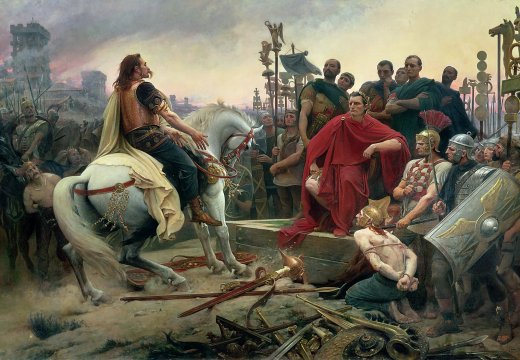

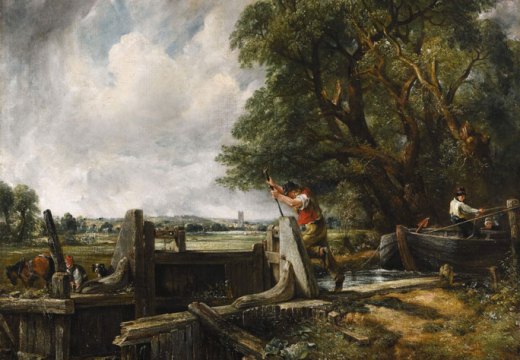









![Masterpiece [Re]discovery 2022. Photo: Ben Fisher Photography, courtesy of Masterpiece London](http://www.apollo-magazine.com/wp-content/uploads/2022/07/MPL2022_4263.jpg)
